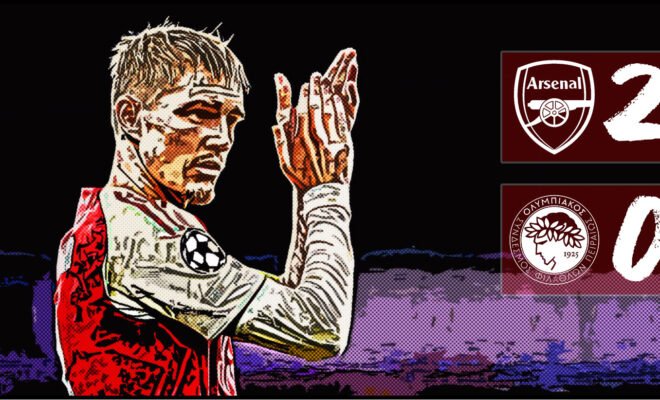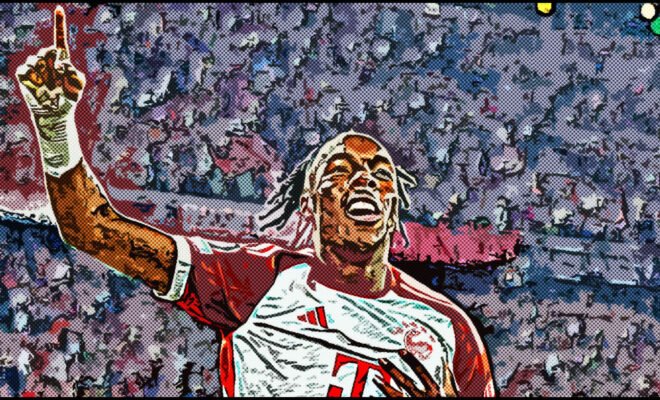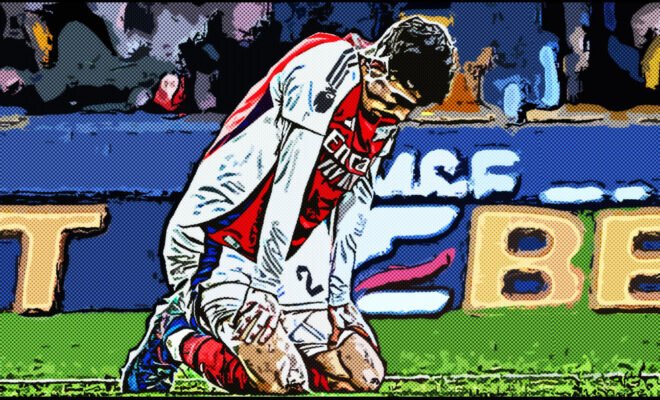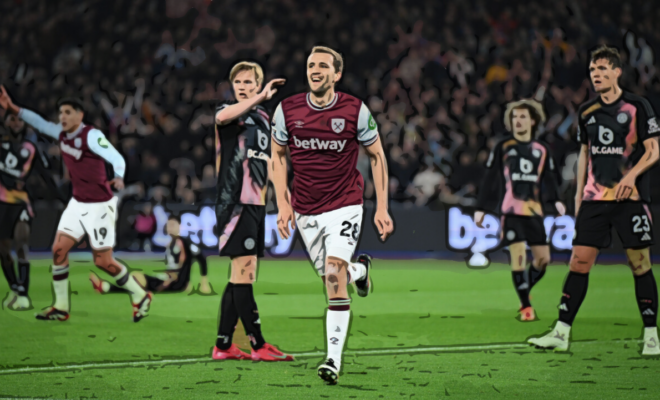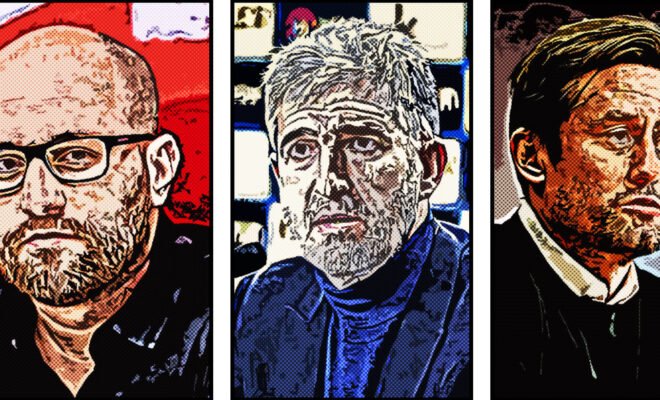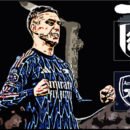Arsenal’s Injury Crisis: Forcing a Tactical Recalibration and January Transfer Moves
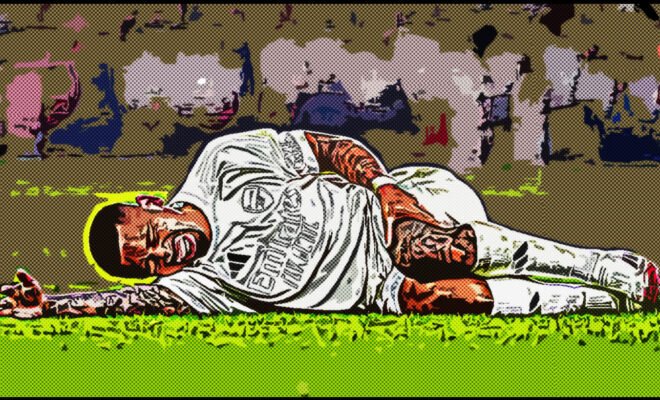
As Arsenal entered the 2024/25 season, optimism soared among fans and pundits alike. The team had re-established itself as a Premier League powerhouse in the past two seasons, displaying a blend of tactical excellence and youthful exuberance that made them one of Europe’s most exciting teams. Expectations were sky-high: a legitimate title challenge, a deep Champions League run, and continued development under Mikel Arteta. However, the unforgiving nature of elite football has tempered those lofty hopes. A relentless injury crisis has left the Gunners scrambling for solutions, threatening to derail their ambitions and force them into action during the January transfer window.
This article explores the full extent of Arsenal’s injury struggles, how these setbacks have reshaped their season, and the inevitable conclusion that reinforcements are now a necessity.
From Promise to Predicament
The 2024/25 campaign began with the promise of building on the resurgence that had seen Arsenal become one of the Premier League’s most formidable sides. Yet, the optimism of August quickly gave way to a stark reality by December: the squad’s depth has been pushed to its limits by a wave of injuries.
Key figures such as Bukayo Saka, Gabriel Jesus, Martin Ødegaard, Ben White, and Takehiro Tomiyasu have spent significant time on the sidelines, leaving Mikel Arteta without the tools to maintain consistency across a demanding schedule. Arsenal’s attacking potency, once their hallmark, has been blunted by injuries to critical contributors. Meanwhile, the defensive stability that anchored their rise has been compromised, leading to vulnerabilities at crucial moments. The injury list now reads like a who’s who of Arsenal’s most influential players, a reality that has cast doubt on their ability to compete on multiple fronts.
The Injury List: A Growing Concern
Bukayo Saka: The Irreplaceable Winger
Saka’s absence is perhaps the most significant blow to Arsenal’s ambitions. The England international suffered a hamstring injury in late December, sidelining him until March 2025. Saka’s ability to create chances, score goals, and stretch defenses has been central to Arsenal’s attacking strategy. Without him, Arsenal has struggled to generate the same dynamism on the right flank, forcing Arteta to rely on less consistent options like Trossard.
Gabriel Jesus: A Vital Cog in Attack
Gabriel Jesus’s injury in January 2025 further compounded Arsenal’s attacking woes. The Brazilian striker, who has been a pivotal figure in linking play and pressing opponents, suffered an ankle injury during an FA Cup clash against Manchester United. While the full extent of the injury is still under assessment, early indications suggest he could miss a significant portion of the season. His absence leaves Arsenal heavily reliant on options that are capable, but do not provide the same tactical versatility or experience as Jesus.
Martin Ødegaard: The Orchestrator of Arsenal’s Midfield
Arsenal’s captain and creative lynchpin, Martin Ødegaard, missed nearly three months early in the season due to an ankle sprain suffered during a UEFA Nations League game in September 2024. The injury not only deprived Arsenal of their midfield maestro but also disrupted the team’s ability to control games and dictate tempo.
Ødegaard’s absence left a creative void in the middle of the park, forcing Arteta to lean on youth product, Ethan Nwaneri (now also injured) in the midfield role. While he offers promise and undeniable moments of quality, he isn’t at the level yet to continuously replicate Ødegaard’s influence in linking midfield to attack or his leadership on the pitch. Arsenal’s form suffered during this period, with inconsistent results that underscored the Norwegian’s importance to the team.
Ødegaard’s eventual return in November brought a noticeable improvement, but the lack of rhythm in the early months of the season, caused partly by his absence, left Arsenal playing catch-up in their quest for silverware.
Defensive Troubles: White and Tomiyasu
Arsenal’s defense has also been stretched thin, with Ben White and Takehiro Tomiyasu sidelined due to knee injuries. White’s overlapping runs and defensive solidity on the right flank have been missed, while Tomiyasu’s versatility has left Arteta with fewer options to adapt to different opponents. These injuries have forced Arteta to field defensive lineups relying on versatility of players and the inexpereince of youth, ultimately undermining the consistency of Arsenal’s previously formidable backline.
The Impact on Arsenal’s Season
Tactical Disruption
The injuries have forced Arteta to experiment with his lineup and tactics, often sacrificing balance to compensate for absentees. For instance, Kai Havertz is now being deployed in multiple roles denying him of consistency, and younger players have been thrust into high-pressure situations. While these adjustments have kept Arsenal competitive, they have also exposed vulnerabilities, particularly in high-stakes matches against top-tier opponents.
Lost Momentum
Injuries have disrupted Arsenal’s rhythm, and their form has suffered as a result. In critical moments, such as a narrow loss to Liverpool or a hard-fought draw against Newcastle, the absence of key players has been glaring. The team’s inability to rotate effectively has also led to fatigue among fit players, further compounding the problem.
The Psychological Toll
Beyond the tactical implications, the injury crisis has taken a psychological toll on the squad. The constant reshuffling of lineups and the inability to build on strong performances have created a sense of frustration within the camp. Arteta has been vocal about the challenges of maintaining morale, emphasizing the need for unity during this difficult period.
Reinforcements in January: A Necessity
As the January transfer window approaches, Arsenal finds itself at a crossroads. The injury crisis has made it clear that the current squad cannot sustain the demands of competing in the Premier League, Champions League, and domestic cups. To salvage their season, reinforcements are not just an option—they are essential.
Addressing the Attack
The absence of Bukayo Saka and Gabriel Jesus has left Arsenal’s attack lacking both depth and dynamism. Saka’s creative spark and Jesus’s ability to link play and finish chances are difficult to replace, but Arsenal must look to add versatile attacking options to restore balance to the front line. A player capable of filling multiple roles in the attacking third could offer flexibility and ensure Arsenal has the tools to unlock stubborn defenses. Reinforcing this area is critical if Arsenal hopes to maintain their offensive output and compete at the highest level.
Shoring Up the Defense
Defensive injuries have exposed the team’s vulnerabilities, with Ben White, Takehiro Tomiyasu and now possibly Calafiori and Timber (again) unavailable for key stretches. Arsenal has had to rely on makeshift solutions, and while these have worked in isolated moments, they are not sustainable for the long term. Adding additional depth (especially to full back) to the backline—particularly in positions where versatility is needed—would alleviate the pressure on existing players and reduce the risk of overexertion leading to further injuries. A reliable defender capable of slotting into multiple roles could significantly bolster Arsenal’s defensive stability.
Balancing Immediate Needs and Long-Term Goals
While addressing these immediate gaps is critical, Arsenal must also weigh their long-term strategy. Short-term fixes that do not align with the club’s vision could create future challenges, while failing to act risks undermining the progress of the past two seasons. The club’s technical staff, must find reinforcements that not only address the current crisis but also fit the team’s broader tactical and developmental plans.
Acknowledging the Bigger Picture
It’s also important to temper expectations. While the injury crisis has undoubtedly been a major factor in Arsenal’s struggles this season, it would be unfair to assume that the team could have sustained the level of performance seen over the past two years. Elite football is a game of fine margins, and even the best squads encounter dips in form or external challenges. Injuries were always a possibility, and their impact this season is a reminder of the inherent unpredictability of the sport.
Conclusion: A Defining Moment for Arsenal
Arsenal’s 2024/25 season was supposed to be another step forward in their journey under Mikel Arteta, but a relentless injury crisis has derailed their momentum. With key players out for extended periods, the team has struggled to maintain its high standards and now faces the prospect of falling short of its ambitious goals.
The January transfer window represents a pivotal moment for the club. Strategic reinforcements could rejuvenate Arsenal’s season and keep them competitive on all fronts. Failure to act, however, risks undoing the progress of the past two years and leaving fans wondering what might have been.
As Arsenal navigates this critical period, one thing is clear: how they respond to this adversity will define not only their current campaign but also their long-term trajectory as a club aiming to reclaim its place among Europe’s elite.

